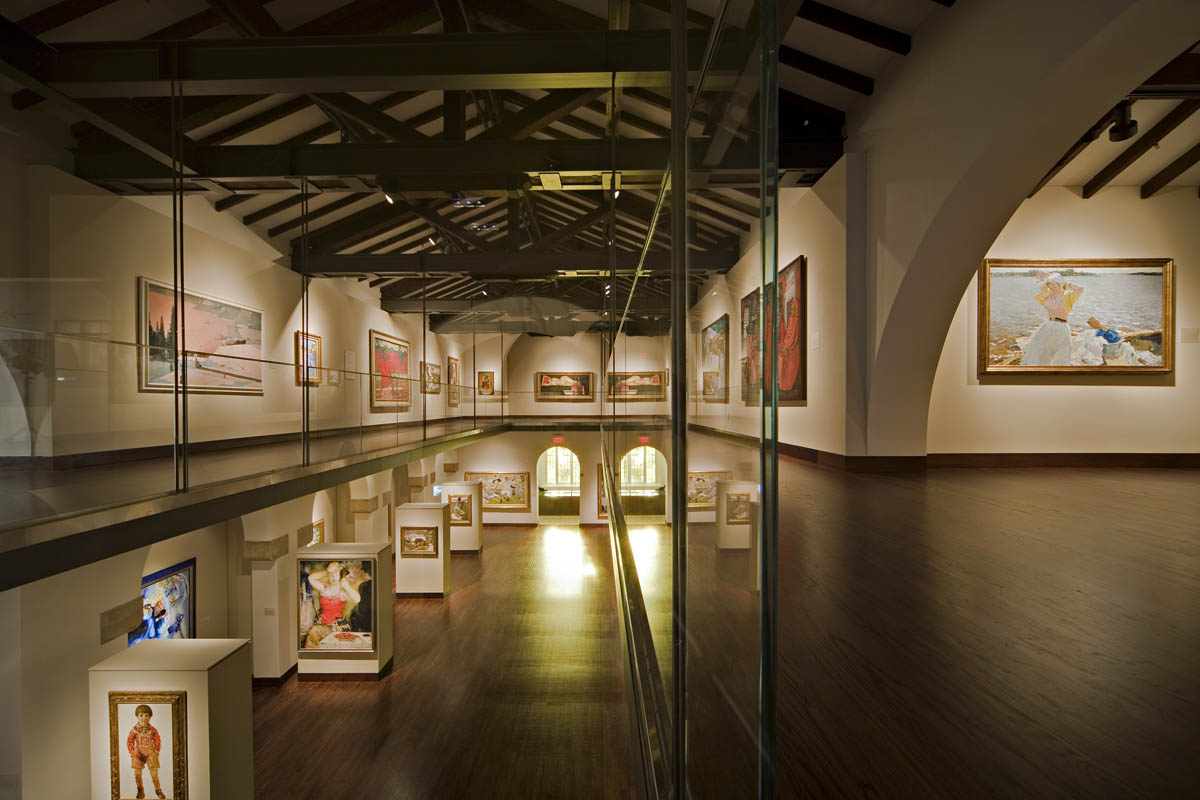Russia in Minnesota
Contact
Russian StudiesHumanities Building, Room 209 651-696-6374
651-696-6428 (fax)
davism@macalester.edu
facebook instagram blogspot

Russian immigration to the United States has come in waves. In Minnesota, 84 percent of Russian immigrants arrived during the 1990s, while 9 percent arrived in the 1980s, and 7 percent in the 1970s. A recent wave came after the Soviet Union collapsed in December 1991. Most Minnesotans probably didn’t think about how events in Moscow, 5,000 miles away, would affect our state — but they have. In recent years, Minnesota’s Russian population has grown to more than 12,500, and more than 2,300 public school students speak Russian at home. People from Belarus, Ukraine, and other former Soviet Republics also have immigrated to Minnesota since the fall of communism. The most recent wave of Russophone immigration has come in the wake of the full-scale Russian invasion of Ukraine in February of 2022–with immigrants coming from both Ukraine and Russia. (Sources: The Minnesota Center and The Amherst Research Center’s Survey of Hispanic, Hmong, Russian, and Somali Immigrants in Minneapolis-Saint Paul)
Art and Culture
- Museum of Russian Art The only nonprofit museum in North America dedicated solely to the preservation and presentation of educational exhibitions and related events pertaining to Russian art and artifacts from the 19th and 20th centuries.
- Minneapolis International Film Festival
Each spring since the 1980s, the festival has presented a range of new and notable films, and typically includes a selection of one or more contemporary Russian-language films by directors such as Sokurov and Mikhalkov. - Theatre Novi Most
(“Theater of a New Bridge”) combines the artistic traditions of Russia and America to create performances in which seemingly disparate ideas, languages, cultures and ideologies can clash, commingle and cross-pollinate. Founded in 1998 by Russian director Vladimir Rovinsky and American director Lisa Channer. Recent productions include M-Squared, inspired by two futurist artists, Mayakovsky and Marinetti, and an adaptation of Gilgamesh. - Russian-American Jews in Minnesota (RAJMN)
RAJMN is the only Jewish-Russian program for young families in Minnesota, working to connect them to the larger Jewish community in Twin Cities and provide a deeper understanding of Judaism and Russian-Jewish roots and culture since 2003.
Community and Education
- American Russian Center
A Russian language school and a community of Russian speakers in Minnesota. - Lesnoe Ozero
Concordia’s Russian Language Village is located in Bemidji and offers immersion in the Russian language and cultures of the Russian-speaking world. - Minneapolis Jewish Federation
Sponsors many programs to support the Russian emigre community in the Twin Cities. - Russian Educational Center of Minnesota
An independent non-profit organization, created by collaborative efforts of parent volunteers from the West suburban cities. - East-West Connections East-West Connections promotes understanding between people from the United States and Eastern Europe / Central Asia through citizen diplomacy.
- Russian Camp MN
This camp immerses children in a Russian-language environment filled with fun summer camp experiences. - Nasha Shkola (Our School)
A Russian charter school in Brooklyn Park.
Minnesota Zoo
- Minnesota Zoo: Russia’s Grizzly Coast
The Russian Far East is one of the last great wilderness areas on earth, home to an amazing diversity of animals, including some of the world’s largest predators. The Minnesota Zoo—and the Russia’s Grizzly Coast exhibit—play an important role in educating and promoting conservation of this region. The exhibit features bears, sea otters, boars, and other creatures. Another reason to visit the exhibit — if grizzly bears weren’t enough — is to see an actual Russian izba (a log farmhouse) that craftsmen painstakingly built, dismantled, and then shipped from the Republic of Karelia.